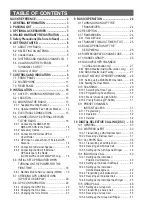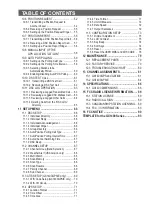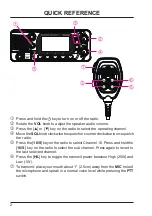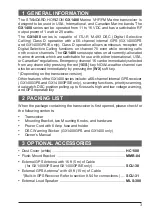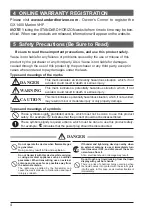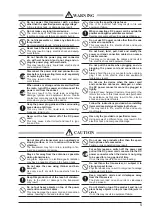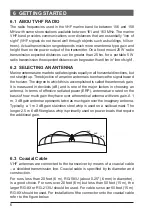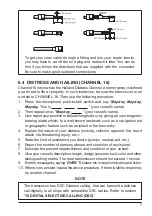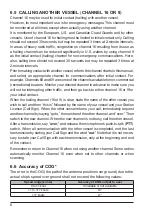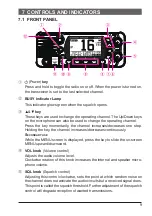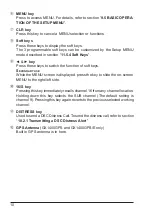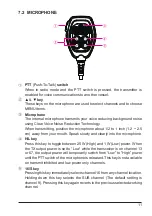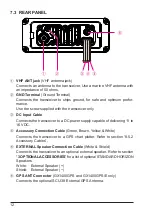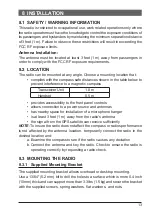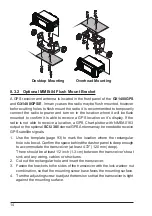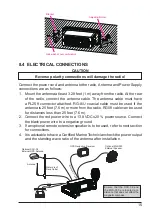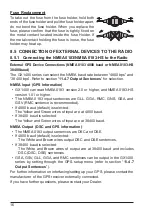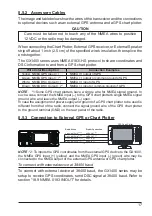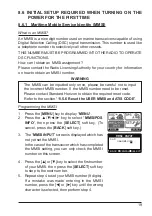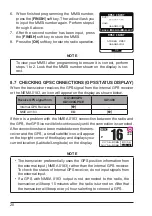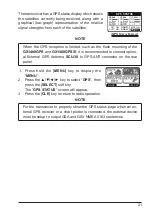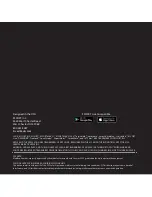
8
6.5 CALLING ANOTHER VESSEL
(
CHANNEL 16 OR 9
)
Channel 16 may be used for initial contact (hailing) with another vessel.
However, its most important use is for emergency messages. This channel must
be monitored at all times except when actually using another channel.
It is monitored by the European, U.S. and Canadian Coast Guards and by other
vessels. Use of channel 16 for hailing must be limited to initial contact only. Calling
should not exceed 30 seconds, but may be repeated 3 times at 2-minute intervals.
In areas of heavy radio traffic, congestion on channel 16 resulting from its use as
a hailing channel can be reduced significantly in U.S. waters by using channel 9
as the initial contact (hailing) channel for non-emergency communications. Here,
also, calling time should not exceed 30 seconds but may be repeated 3 times at
2-minute intervals.
Prior to making contact with another vessel, refer to the channel charts in this manual,
and select an appropriate channel for communications after initial contact. For
example, Channels 68 and 69 are some of the channels available to non-commercial
(recreational) boaters. Monitor your desired channel in advance to make sure you
will not be interrupting other traffic, and then go back to either channel 16 or 9 for
your initial contact.
When the hailing channel (16 or 9) is clear, state the name of the other vessel you
wish to call and then “this is” followed by the name of your vessel and your Station
License (Call Sign). When the other vessel returns your call, immediately request
another channel by saying “go to,” the number of the other channel, and “over.” Then
switch to the new channel. When the new channel is not busy, call the other vessel.
After a transmission, say “
over
,” and release the microphone’s push-to-talk (
PTT
)
switch. When all communication with the other vessel is completed, end the last
transmission by stating your Call Sign and the word “
out
.” Note that it is not neces-
sary to state your Call Sign with each transmission, only at the beginning and end
of the contact.
Remember to return to Channel 16 when not using another channel. Some radios
automatically monitor Channel 16 even when set to other channels or when
scanning.
6.6 Accuracy of COG*
The error in the COG (the path of the antenna position over ground) due to the
actual ship’s speed over ground shall not exceed the following values:
Speed range (knots)
Accuracy of COG output to user
0 to ≤1 knot
Unreliable or not available
>1 to ≤17 knots
±3°
>17 knots
±1°
Summary of Contents for ECLIPSE
Page 96: ......


